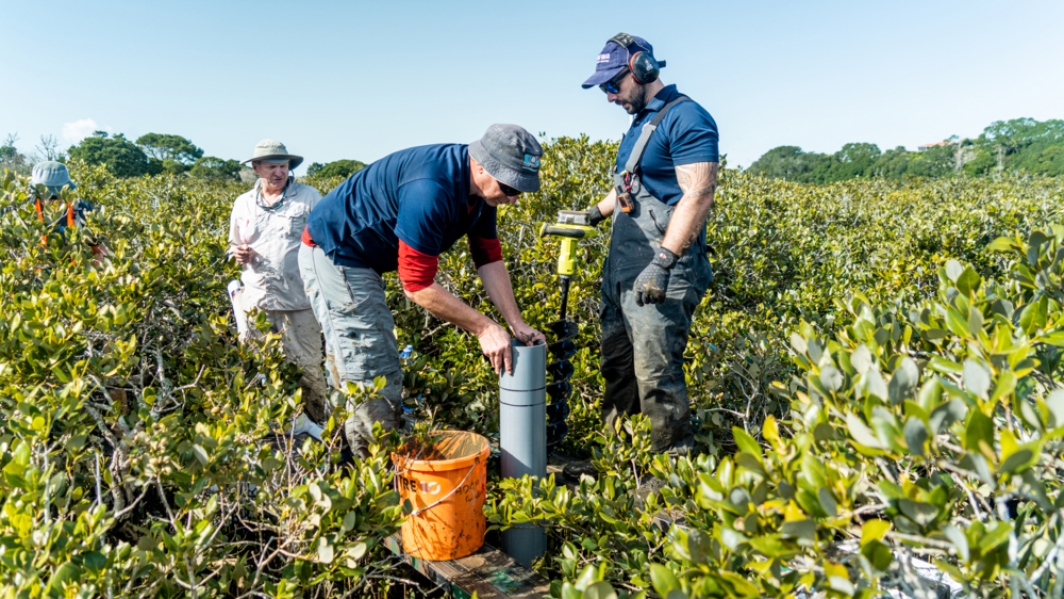-
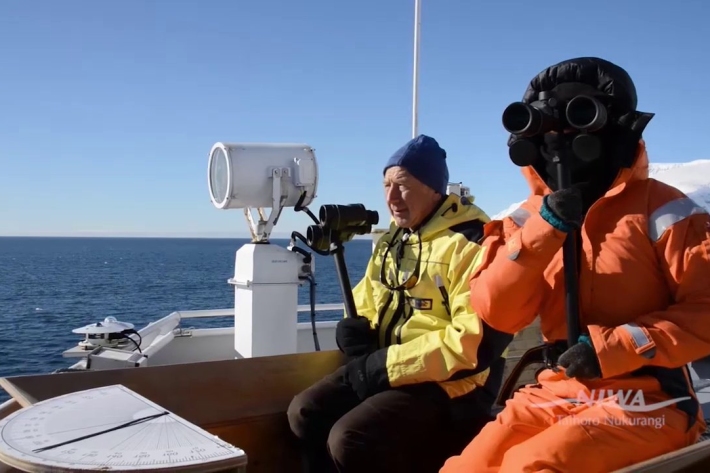
New Zealand-Australia Antarctic Ecosystems Voyage highlights
Highlights of the New Zealand-Australia Antarctic Ecosystems Voyage 2015. -
Little wonder - the ocean’s primary productivity
News article06 March 2015At the base of the ocean’s food chain are algae. Algae feed the krill that feed the whales. -
Critter of the Week: The mottled brittlestar – Ophionereis fasciata Hutton, 1872
The mottled brittle star Ophionereis fasciata, known as weki huna in Māori, lives under rocks in the low intertidal or shallow subtidal right around New Zealand. -

SAFE PASSAGE: Ice Pilot’s critical mission
Ice pilot Scott Laughlin is on the New Zealand - Australia Antarctic Ecosystems Voyage to guide RV Tangaroa through the Antarctic waters. -

Underwater glider touches down in Wellington
News article01 March 2015A state-of-the-art underwater research glider has been unveiled by NIWA scientists in Wellington. -

Water, Water Everywhere
Over the last 50 years the atoll of South Tarawa, in Kiribati has experienced large increases in population. -
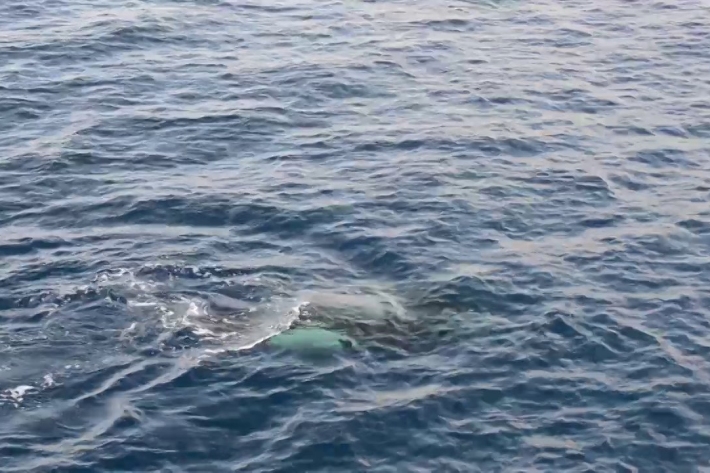
Pod of Orcas visit RV Tangaroa
NIWA research vessel Tangaroa, down in Antarctic waters, received some welcome visitors yesterday -
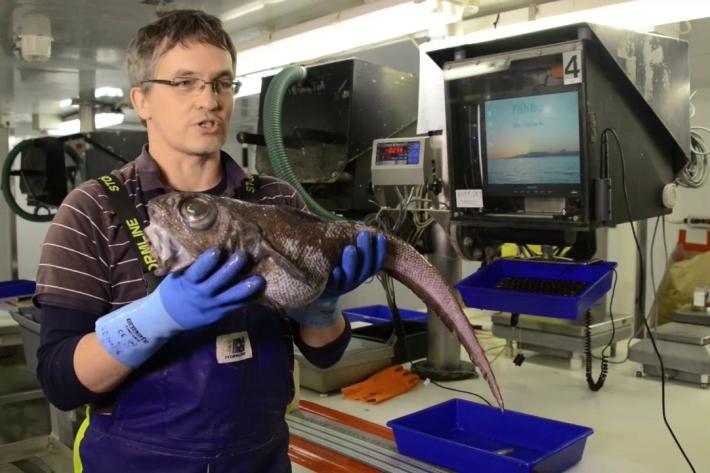
Antarctic trawl nets deep data
NIWA scientists aboard RV Tangaroa have been trawling the central Ross Sea calculating the abundance of the prey species. -

Balleny humpback whale research
The region around the Balleny Islands is a known foraging area for humpback whales. Objective one of the Antarctica voyage aimed to determine why the Islands are such a popular spot for humpback whales. -
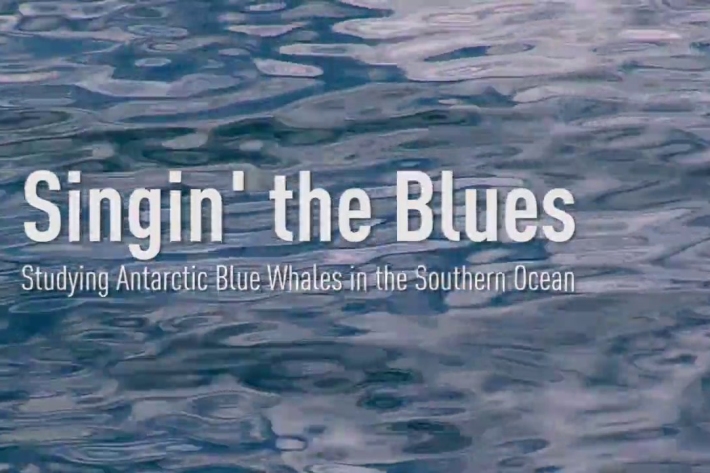
Singin' the Blues
Antarctic blue whales were severely depleted during the industrial whaling era, when the population declined to only a few hundred individuals. Scientists believe the Antarctic blue whale population has been recovering, albeit very slowly, since the 1960s. -
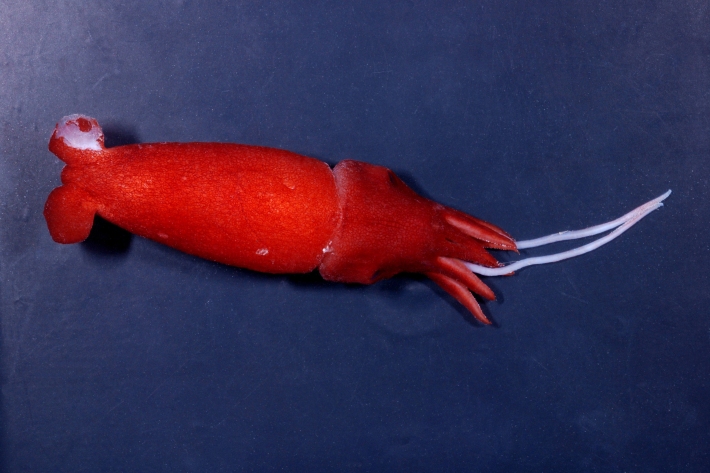
Critter of the Week: deep sea squid - Bathyteuthis abyssicola
The deepsea squid Bathyteuthis abyssicola Hoyle, 1885 has a circumpolar oceanic distribution, which means that it is commonly found right around the Southern Ocean, and in depths from 100-4200 m deep. -

NIWA scientist honoured for contribution to NZ-France scientific cooperation
News article16 February 2015NIWA marine geologist Dr Geoffroy Lamarche was made a Knight of the National Order of Merit by French Ambassador H.E. M. Laurent Contini, at a special ceremony at the Embassy of France in Wellington on 13 February.

